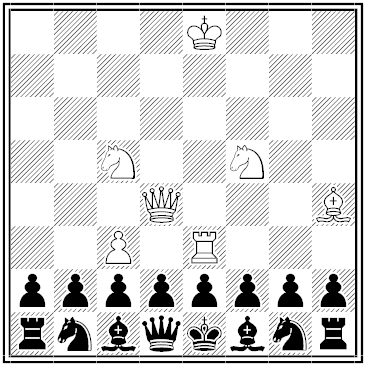
Norwegian broadcaster NRK presented this problem during its coverage of the 2021 FIDE World Chess Championship in Dubai. White is to give mate on the move. (Warning — there’s a trick.)

Norwegian broadcaster NRK presented this problem during its coverage of the 2021 FIDE World Chess Championship in Dubai. White is to give mate on the move. (Warning — there’s a trick.)
What’s the greatest number of Fridays that can fall in February? We might say five, imagining a leap year in which February 1 falls on a Friday.
“However, it is possible to reckon double the number of Fridays in the month of February alone,” contends Soviet science writer Yakov Perelman. “Imagine a ship plying between Siberia and Alaska and leaving the Asiatic shore regularly every Friday. How many Fridays will its skipper count in a leap-year February of which the 1st is a Friday? Since he crosses the date line from west to east and does so on a Friday, he will reckon two Fridays every week, thus adding up to 10 Fridays in all.”
“On the contrary, the skipper of a ship leaving Alaska every Thursday and heading for Siberia will ‘lose’ Friday in his day reckoning, with the result that he won’t have a single Friday in the whole month.”
(From Astronomy for Entertainment, 1958.)
A pleasing puzzle by Eric LeVasseur:
PI × R2 = AREA
If each letter in this expression (but not the exponent 2) is replaced with a corresponding digit, the resulting equation will be valid. What are the digits?

07/17/2024 UPDATE: Several readers point out, correctly, that carbon is hardly the only elemental “chemical word” — indeed, some elements can be spelled in multiple ways. I’ve assembled this list from multiple contributions:
ArSeNiC ArSeNIC
AsTaTiNe
BiSmUTh BISmUTh
CArBON CaRbON
CoPPEr COPPEr
IrON
KrYPtON
NeON
OGaNeSSON OGaNEsSON
PHoSPHoRuS PHOSPHoRuS PHOsPHoRuS PHoSPHORus PHOSPHORuS PHOsPHORuS
SiLiCoN SiLiCON SILiCON SILiCoN
SiLvEr SILvEr
TeNNeSSINe TeNNEsSiNe TeNNEsSINe
TiN
XeNON XeNoN
TiN is even a valid compound, titanium nitride.
Of these Borgmann had found arsenic, carbon, iron, neon, phosphorus, silicon, and xenon when he wrote in 1974, “surely the most unusual is CARBON which can be factored into elements not including itself.” But that property wasn’t unique even within his limited list, as can be seen above.
Many thanks to readers Gareth McCaughan, Catalin Voinescu, and Eric Harshbarger for writing in about this.
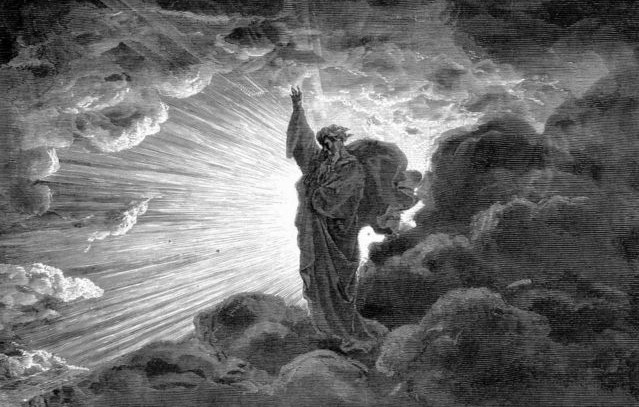
Now, are not those still full of their old carnal nature who ask us: ‘What was God doing before he made heaven and earth? For if he was idle,’ they say, ‘and doing nothing, then why did he not continue in that state forever — doing nothing, as he had always done? If any new motion has arisen in God, and a new will to form a creature, which he had never before formed, how can that be a true eternity in which an act of will occurs that was not there before? For the will of God is not a created thing, but comes before the creation — and this is true because nothing could be created unless the will of the Creator came before it. The will of God, therefore, pertains to his very Essence. Yet if anything has arisen in the Essence of God that was not there before, then that Essence cannot truly be called eternal. But if it was the eternal will of God that the creation should come to be, why, then, is not the creation itself also from eternity?’
— Augustine, Confessions
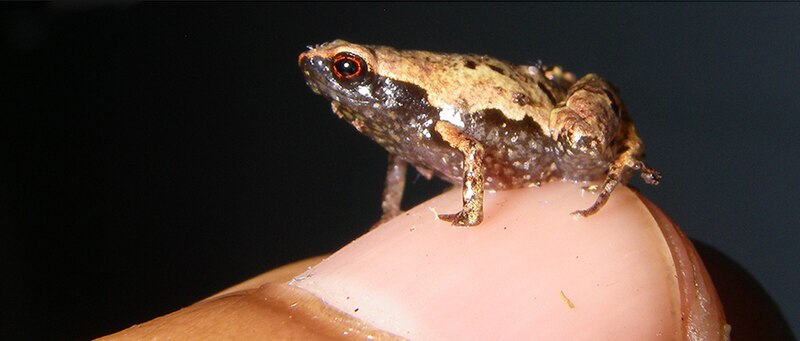
In 1977, on receiving a package of insect specimens from a colleague, entomologist Arnold Menke exclaimed, “Aha, a new genus!” His colleague Eric Grissell responded “Ha” doubtfully. Menke was proven right and named the species, an Australian wasp, Aha ha. He ordered a custom registration plate for his car bearing the same phrase. Further odd names.
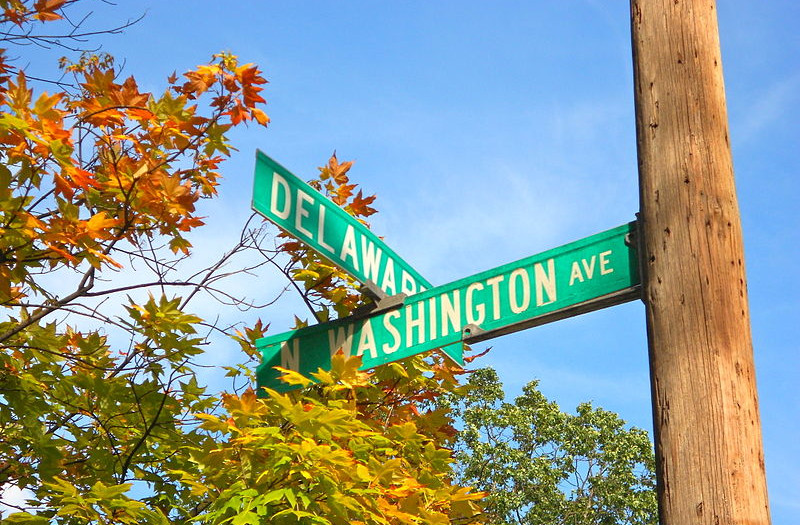
In Scranton, Pennsylvania, Washington crosses Delaware.
Suppose that each country on Earth has a colony on the moon and that we want to draw maps on which each nation’s territory receives a consistent color. How many colors would we need?
In 1980 Thom Sulanke showed that we might need as many as nine (above), but it’s possible that a particularly challenging map would require more than that. The problem remains unsolved.
In his Reflections, Georg Christoph Lichtenberg mentions a friend who divided human endeavor into four classes:
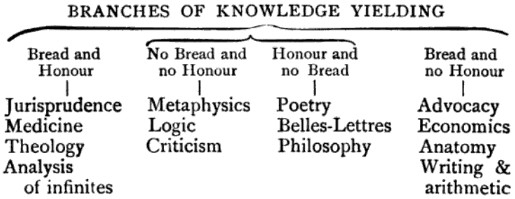
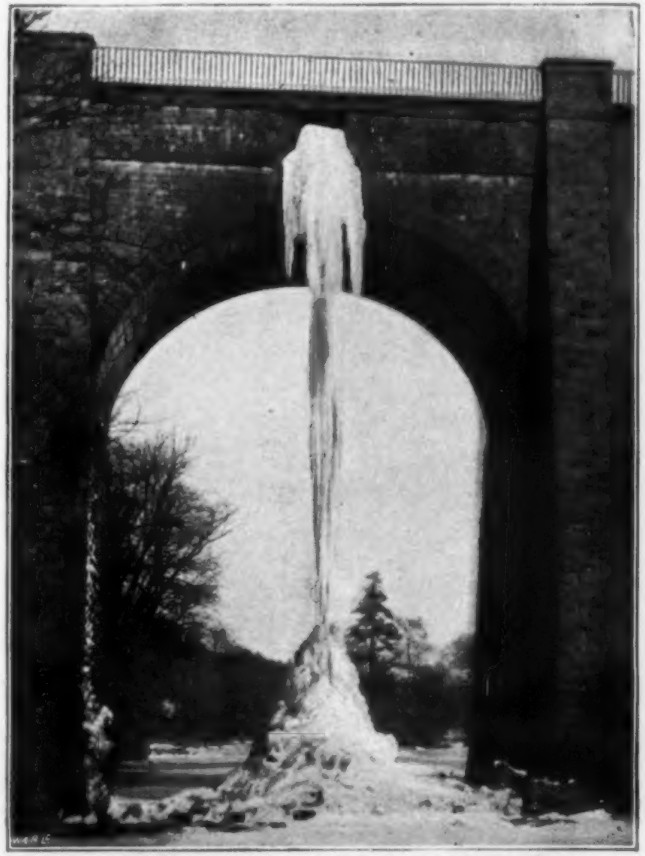
During the severe frost of February 1895, a stream of water overflowing Scotland’s Almond Aqueduct began to freeze to the River Almond 120 feet below. Over the course of three nights the mass grew upward until river and bridge were connected by a continuous pillar of ice, the largest such formation on record at the time.
“When the sun shone upon the giant mass,” observed the Strand, “the iridescence was beautiful, and people came from miles around to look at it.”
(Jeremy Broome, “Freaks of Frost,” Strand 12:12 [December 1896], 738-746.)